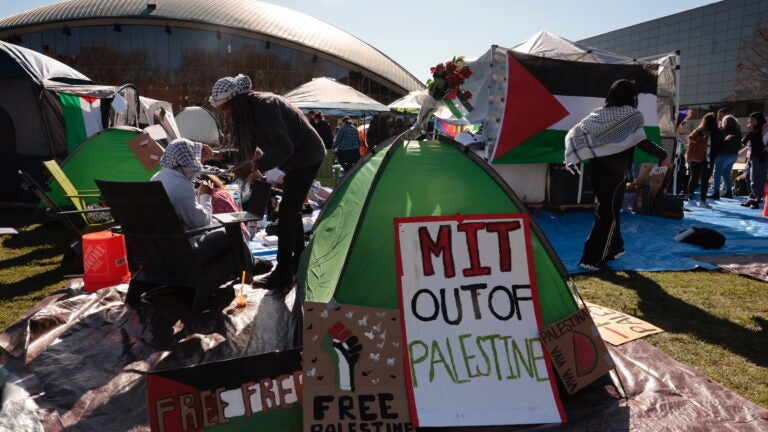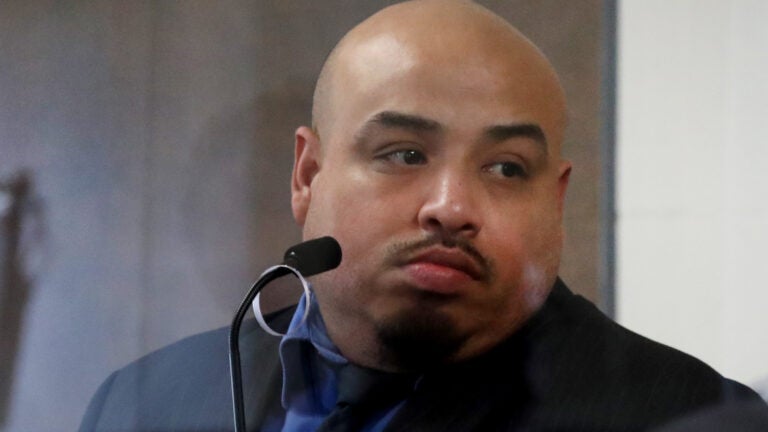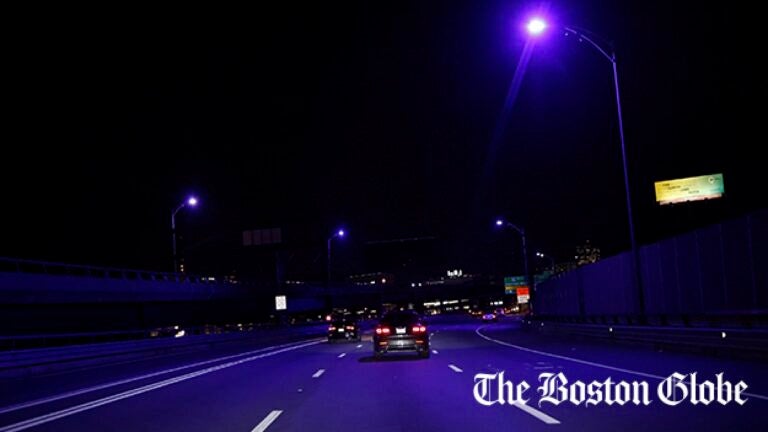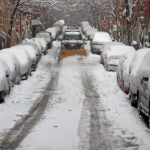There are 2,800 gas lights in the City of Boston. Here’s what goes into caring for them.
“Once people look up and realize the flame is lit, they’re like, ‘I never knew those were gas.’”

At first glance, the lampposts appear to be just another picturesque feature scattered through the historic streets of Beacon Hill.But if you stare for a moment at the light in the lanterns — which are on day and night — you’ll see the flicker of a flame contained in the glass and catch a glimpse of how the city’s streets glowed in days past. There are 2,800 gas lights in the City of Boston. Beacon Hill has most of them, with well over a thousand of the lampposts topped with the burning flames on its own. But the historic street lights can also be found in Charlestown, Bay Village, as well as sprinkled in some areas of Roxbury and Dorchester. Mostly people don’t realize that the lamps are gas-lit, Dan Webb, an inspector with the city’s Street Lighting Division, said. “That’s what happens,” he said. “Once people look up and realize the flame is lit, they’re like, ‘I never knew those were gas.’” Webb, who has been with the city for 14 years, heads up the crew responsible for maintaining the far-spread gas lights. It’s a challenging task for a team of two — of which he makes up half. On a recent warm day, Webb and street light maintenance mechanic George Guptill went light by light on Beacon Hill’s Mt. Vernon Street, replacing panes of glass that were clouded or broken mantles — the part of the lamp that encases the gas flame.Replacing mantles is a frequent occurrence.
Webb, who has been with the city for 14 years, heads up the crew responsible for maintaining the far-spread gas lights. It’s a challenging task for a team of two — of which he makes up half. On a recent warm day, Webb and street light maintenance mechanic George Guptill went light by light on Beacon Hill’s Mt. Vernon Street, replacing panes of glass that were clouded or broken mantles — the part of the lamp that encases the gas flame.Replacing mantles is a frequent occurrence.

George Guptill prepares to move on to the next lamp on Mt. Vernon Street.
“The mantles can last from anywhere from about one day to a year, depending on if a car backs into the pole, shakes the pole, shakes the mantles off,” Webb said. “We’re off mostly just maintaining, making sure that the gas lights stay lit.”
As for the glass, if the panes aren’t broken, Webb aims to change it out once a year, ramping up in certain areas depending on the season.
“When you have a lot of tourists in the city, you want it welcoming,” he said. “You don’t want [the lamps] dirty. So we actually try to step up the game and keep the areas where the tourists are real clean. And then during the week we’ll maintain the other areas.”

Dan Webb holds up a piece of the fixture for a gas light.
He keeps a calendar as a “roadmap” to track where and when work has been done on the lights — where issues are reported.
Each lamp that they pull up beside, Webb checks out the whole fixture, makes sure the frame is still intact, and checks for loose panels of glass, replacing those that are coated over from the gas flames.
“A lot of times the fixture will break,” he said, gesturing at the iconic brick homes lining the street. “A lot of these old buildings have steep roofs, so in the wintertime the ice overhangs, and what happens is as it gets warmer, the ice usually comes and hangs and smashes the top and then we have to replace it.”
He estimates that they recycle 85 percent of the glass from the lamps.
“A lot of the other glass, it gets a chalky film on it that you can’t even wash off with any chemical, so we have to discard it, which is part of the process,” Webb said.
The first gas lights in Boston were installed in 1828 in the city’s Haymarket Square, replacing the oil lamps that previously lit the streets. Electric lamps began to appear in Scollay Square in 1882, and in 1909 the city began to replace the gas-lit lights. The conversion to electric lamps was completed in most of Boston proper by 1913, except for some residential districts, according to the city.
In the 1960s, with Boston undergoing urban renewal, the number of city-owned street lights increased and some electric lamps in historic neighborhoods were converted back to be gas-lit.
These days, a portion of the city’s gas lamps, including those dotting Marlborough Street, use solar-powered devices to turn on and off the flames. Beacon Hill does not use the timers, but the city is working to get more of them into other neighborhoods, like Charlestown.

“When it’s fully deployed [we’ll] have over 50 percent of our street lighting gas portfolio with the solar-powered timers,” Mike Donaghy, the city’s street lighting and asset manager, said.
Webb said he takes pride in maintaining the lamps.
“I like to see people happy,” he said. “Like someone will see us cleaning these today and all of a sudden they’re on the 311 app, ‘I saw them out there cleaning, what about my light?’ So I just try to do one little section at a time.”
For Webb, making his way through the city streets and taking care of the fixtures that are semblances of a bygone era, each day presents a new look at Boston.
“It’s a great job… You get to come in — it’s like watching a movie every day from the steering wheel,” he said. “Something’s changing all the time.”







